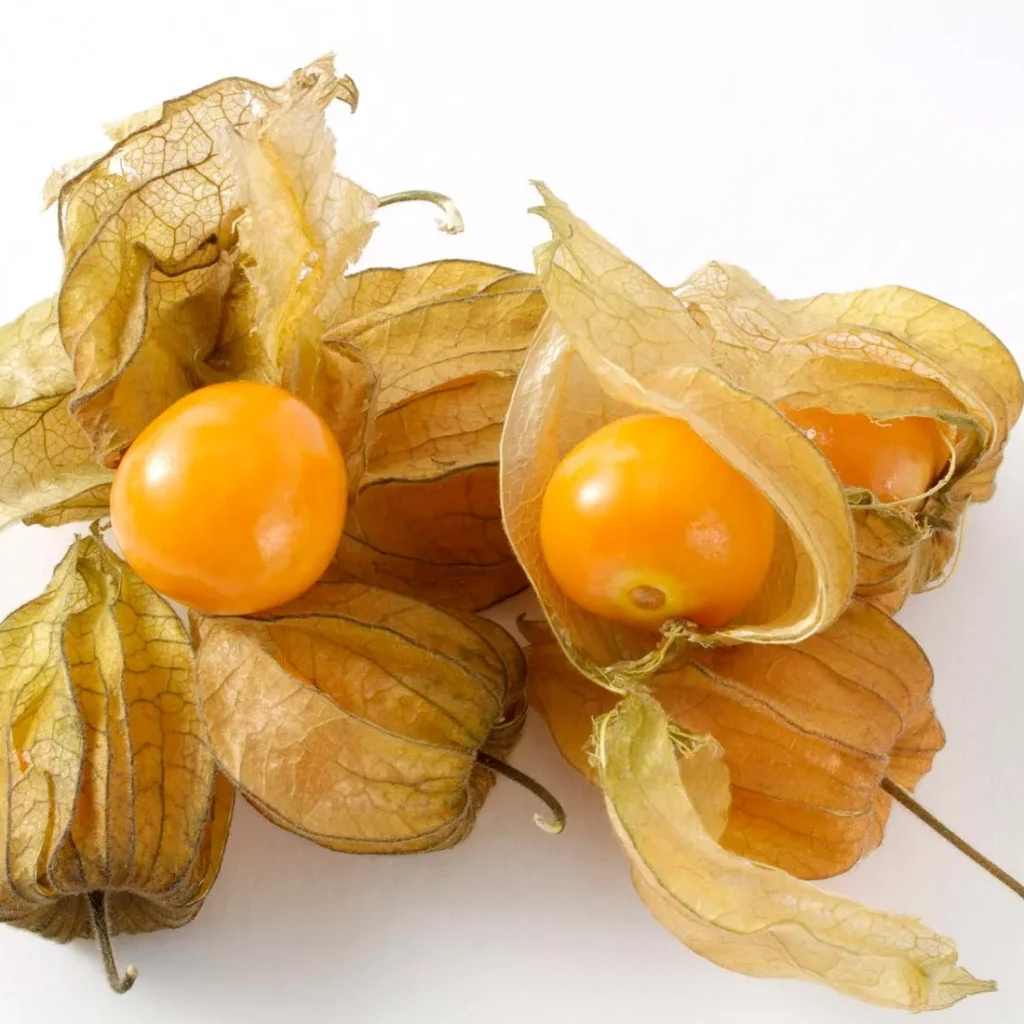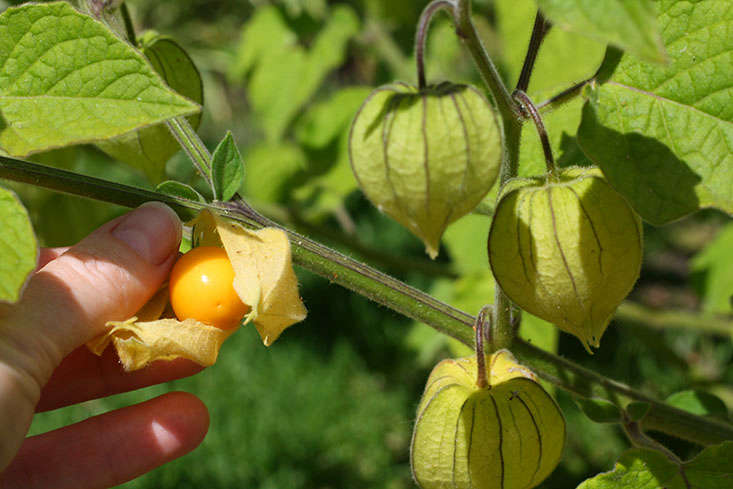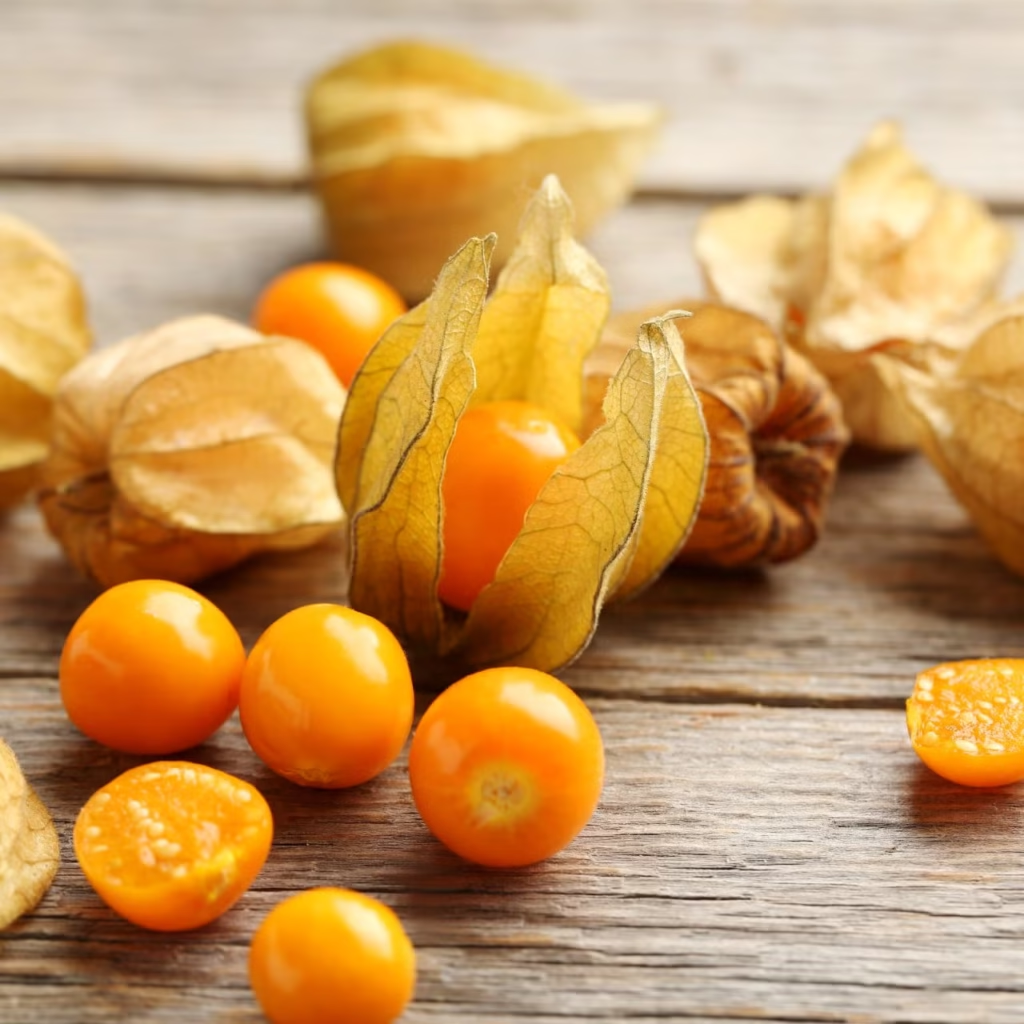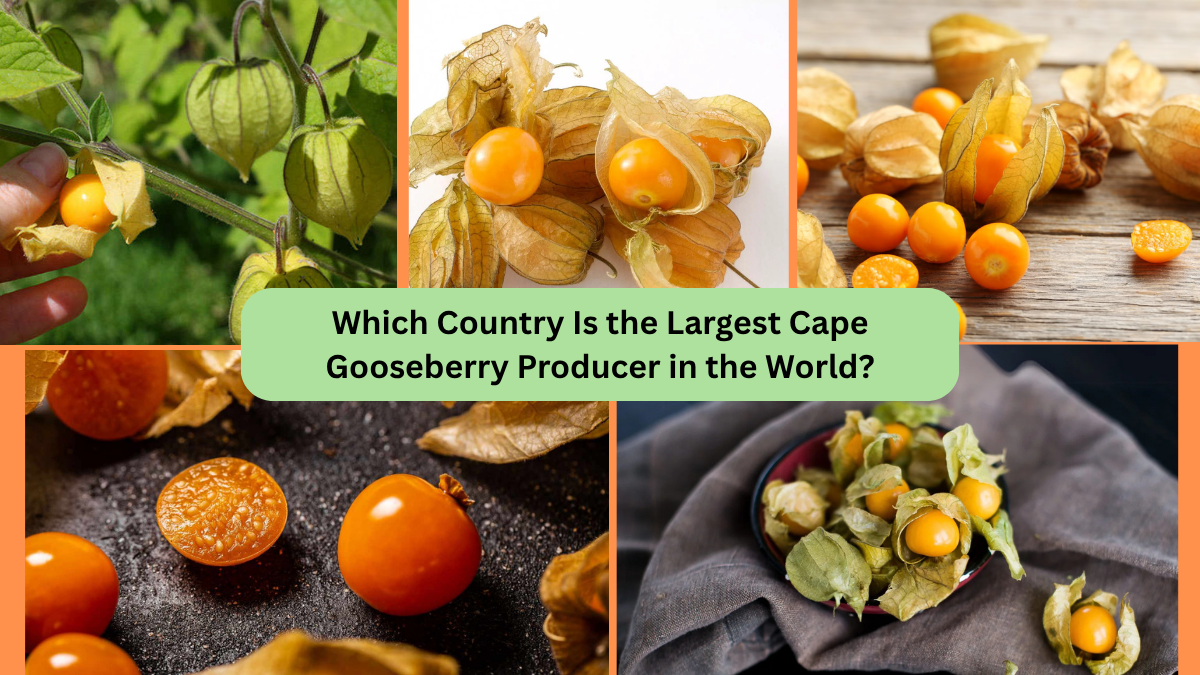The world of berries is as diverse as it is delicious, and one of the most intriguing yet often overlooked members of this family is the Cape Gooseberry. Known for its sweet-tart flavor, vibrant orange hue, and papery husk, this fruit has captured the attention of chefs, health enthusiasts, and farmers alike. While it’s grown in many parts of the world, have you ever wondered which country holds the title of being the largest Cape Gooseberry producer? In this article, we’ll uncover the fascinating history, uses, cultivation, and global production landscape of Cape Gooseberries — and identify the country that leads their cultivation.
What is a Cape Gooseberry?

Cape Gooseberry (Physalis peruviana) is a small, round, orange fruit enclosed in a delicate, paper-like husk called a calyx. Despite its name, it isn’t related to traditional gooseberries (Ribes species) but belongs to the nightshade family (Solanaceae) — the same family as tomatoes, peppers, and eggplants.
Also known by other names like Goldenberry, Peruvian Groundcherry, and Physalis, this fruit is native to South America, specifically the Andean regions of Peru, Colombia, and Ecuador.
Notable Characteristics
- Sweet, tangy flavor with hints of pineapple and citrus
- Rich in vitamins A, C, and B-complex
- High antioxidant and anti-inflammatory properties
- Consumed fresh, dried, or processed into jams, sauces, and desserts
Origin and Spread of Cape Gooseberries
Cape Gooseberries have a rich and ancient history. Native to the high-altitude regions of the Andes Mountains, they were a staple in Incan agriculture and medicine. Spanish colonizers later spread the fruit to other parts of the world, including South Africa, where it gained the name “Cape Gooseberry” after thriving in the Cape of Good Hope region.
Over centuries, the plant found a home in temperate and subtropical regions worldwide, including India, Australia, New Zealand, Kenya, and parts of Europe.
Ideal Growing Conditions

Cape Gooseberries thrive in:
- Mild, frost-free climates with temperatures between 16°C to 26°C
- Well-drained, sandy-loam soil with moderate organic matter
- Regions with annual rainfall between 800–1200 mm
They’re typically grown as annuals in temperate regions and as perennials in subtropical and tropical zones.
Global Production Overview
While Cape Gooseberries are cultivated in several countries, their commercial production is limited to specific regions due to unique climate and soil requirements. The fruit is gaining global recognition for its culinary versatility and health benefits, leading to gradual expansion in farming areas.
Major Cape Gooseberry producing countries include:
- Colombia
- Peru
- Ecuador
- South Africa
- India
- Kenya
- New Zealand
Which Country Is the Largest Cape Gooseberry Producer in the World?

Colombia proudly holds the title of being the largest Cape Gooseberry producer in the world.
Why Colombia Leads in Cape Gooseberry Production
Several factors explain Colombia’s dominance in the global Cape Gooseberry market:
1. Ideal Climatic Conditions
Colombia’s high-altitude regions, especially in the Cundinamarca, Boyacá, Antioquia, and Nariño departments, provide the perfect environment for Cape Gooseberries. The combination of mild temperatures, fertile volcanic soil, and consistent rainfall ensures optimal growth and fruit quality.
2. Cultural and Economic Importance
Cape Gooseberries, known locally as Uchuva, are deeply integrated into Colombian agriculture and cuisine. The fruit is cultivated both by smallholder farmers and commercial operations, contributing significantly to rural livelihoods.
3. Export-Oriented Production
Colombia is one of the few countries that grows Cape Gooseberries extensively for international export, supplying fresh and processed products to markets in Europe, the United States, and Canada.
According to ProColombia (the government agency for exports and tourism), Cape Gooseberries are among the country’s top exported exotic fruits, alongside avocados and passion fruits.
4. Government and Industry Support
Colombian agricultural agencies have invested in research, quality control, and market expansion for Cape Gooseberries. Initiatives have focused on improving post-harvest handling, pest management, and branding for global markets.
Other Major Producers of Cape Gooseberries

While Colombia leads the way, several other countries contribute notably to global Cape Gooseberry production.
Peru
As one of the fruit’s native homes, Peru cultivates Cape Gooseberries in the Andean highlands. The country has seen a rise in both domestic consumption and exports, particularly to European and Asian markets.
Ecuador
Ecuador produces Cape Gooseberries, known locally as Uvilla, in its mountainous regions. The fruit is consumed domestically and exported, albeit on a smaller scale than Colombia.
South Africa
Introduced in the 17th century, South Africa’s Cape of Good Hope region gave the fruit its popular name. While not a global leader, it maintains a significant production base, especially for local markets and gourmet products.
India
In India, Cape Gooseberries are grown in hilly regions like Himachal Pradesh, Uttarakhand, and parts of Maharashtra and Karnataka. The plant is popular for its medicinal value in Ayurvedic medicine.
Kenya and Uganda
In East Africa, Cape Gooseberries are grown as an income-generating crop for smallholder farmers, primarily for local consumption and niche exports.
Health Benefits and Uses of Cape Gooseberries
Cape Gooseberries aren’t just delightful to taste — they pack an impressive nutritional profile:
1. High in Antioxidants
Rich in polyphenols and carotenoids, Cape Gooseberries help combat oxidative stress and support overall cellular health.
2. Immune-Boosting Vitamin C
One serving provides over 20% of the recommended daily intake of Vitamin C, boosting immunity and collagen production.
3. Anti-Inflammatory Properties
Compounds like withanolides in the fruit offer anti-inflammatory benefits, aiding in conditions like arthritis.
4. Fiber-Rich
Its high dietary fiber content supports digestive health and helps regulate blood sugar levels.
5. Culinary Versatility
Cape Gooseberries can be enjoyed:
- Fresh as a snack
- In salads and fruit bowls
- As a topping for desserts and cheesecakes
- Dried like raisins
- Processed into jams, chutneys, sauces, and syrups
Future Prospects for Cape Gooseberry Production

As global consumers increasingly seek superfoods and exotic fruits, the demand for Cape Gooseberries is projected to rise. Markets in Europe, North America, and East Asia are particularly receptive to its unique flavor and health benefits.
Colombia’s leadership is expected to continue, given its established production infrastructure, ideal geography, and market-driven approach. However, other Andean countries and regions in Africa and India may expand production to meet growing global demand.
Conclusion
The humble Cape Gooseberry has transformed from an ancient Andean crop to a globally sought-after superfruit. While several countries cultivate this golden berry, Colombia stands out as the world’s largest Cape Gooseberry producer — thanks to its ideal climatic conditions, rich agricultural traditions, and strategic export initiatives.
As interest in natural health foods and gourmet fruits continues to surge, the future of Cape Gooseberry farming looks bright. Colombia’s leadership in this niche market not only strengthens its agricultural economy but also brings one of the world’s most unique and healthful fruits to tables around the globe.





